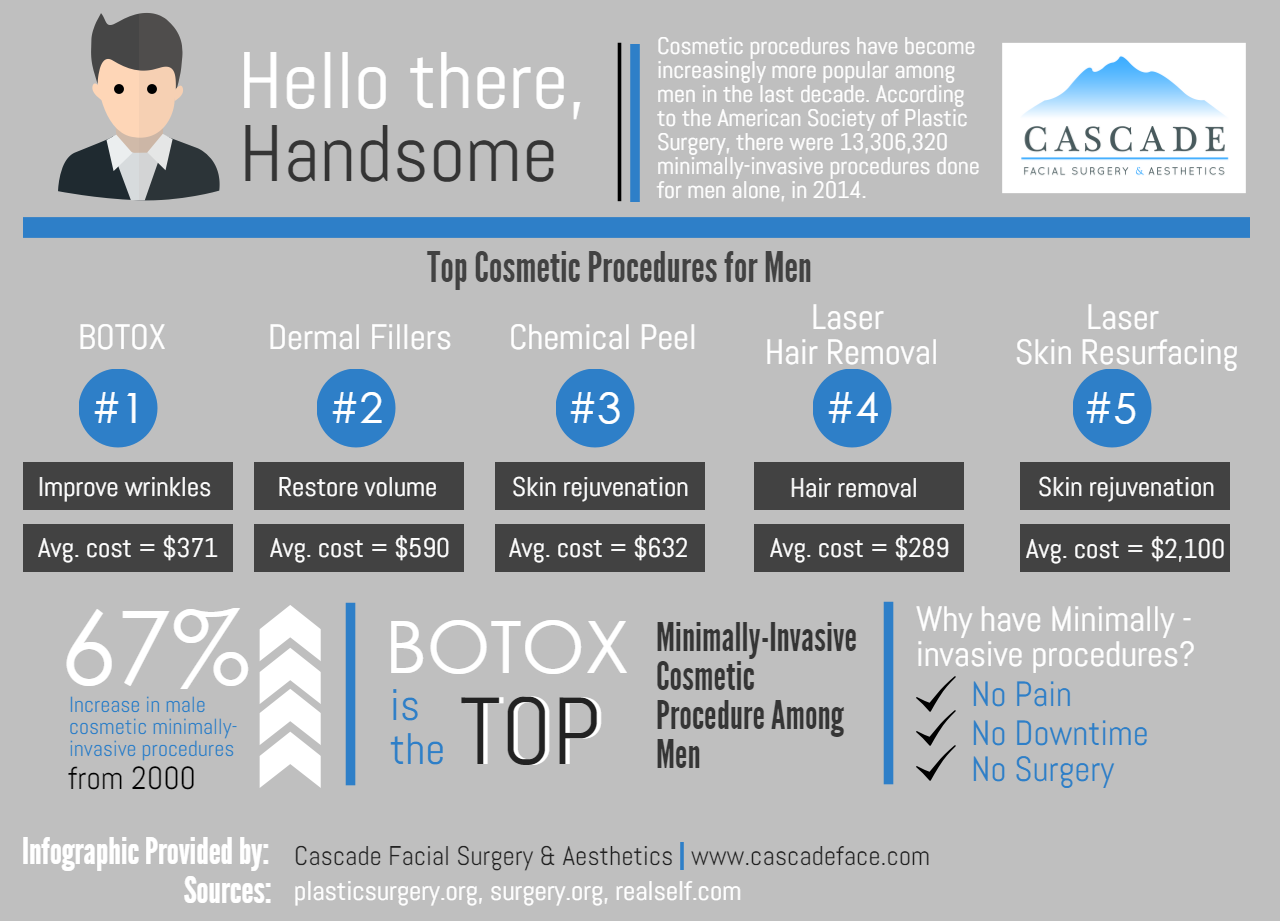Can Sweat Cause Acne
Can Sweat Cause Acne
Blog Article
How Does Photodynamic Therapy (PDT) Job?
Photodynamic treatment (PDT) combines a light-sensitive medicine with unique light to kill cancerous and precancerous cells. Your medical professional puts the medicine on your skin or inside your eye and after that beams a light on the treatment location.
This combination kills cancerous cells and spares healthy and balanced cells. Yale Medicine pulmonologist George Eapen, M.D., discusses how this works.
The Photosensitizer
Photodynamic treatment (PDT) makes use of a mix of light and a medication called a photosensitizer to kill cancerous or precancerous cells and extra healthy and balanced tissue. You get an injection of the photosensitizer, which is after that triggered by light in your body. The photosensitizer is taken in by both healthy and malignant cells yet isn't hazardous up until it is activated by the light.
Light-absorbing particles, referred to as photosensitizers, are discovered in plants and animals, consisting of people. There are numerous photosensitizers, but most have the ability to soak up a particular range of light wavelengths.
As soon as the photosensitizer is revealed to a light with a matching spectral variety, it's converted from its ground state into a fired up singlet state. This allows it to transfer power to molecular oxygen, producing singlet oxygen and free radicals that moderate mobile toxicity.
The Light
Throughout therapy, a special light is beamed on the location where the photosensitizer was applied. This light turns on the medication and destroys cancer cells or precancerous cells that it has actually targeted.
The medications that are used in photodynamic treatment have various absorption homes and some of them might take hours to leave typical cells but continue to be longer in cancer cells or precancer cells. This procedure allows the medical professional to target cancer cells a lot more precisely than various other kinds of treatments that make use of visible light, such as lasers or electrocautery [54]
Photodynamic therapy can deal with the earliest spots of sunlight damage known as actinic keratosis and can reduce skin cancer growth in people at high threat for establishing the condition. It is likewise an option for some individuals with wet kind age-related macular degeneration, which is an usual reason for loss of central vision in older adults. It can not recover the loss of vision triggered by this disease, yet it can slow down the development of abnormal capillary growth that triggers wet AMD.
The Activation
Photodynamic treatment (PDT) uses a medicine and light to treat cancer cells and other skin problem. It targets precancerous cells and kills them. Unlike various other cancer treatments that melt and ruin, this therapy kills precancerous cells while saving healthy cells.
The photosensitizer is delivered right into the skin through topical, dental or intravenous administration. It is taken in by the tumor cells and triggered when revealed to light of a particular wavelength. This causes a sequence of photochemical responses that generates responsive oxygen species (ROS) that damage lump tissue and eliminate cancer cells.
PDT is most often utilized to deal with actinic keratoses and in situ squamous cell cancer (Bowen condition). It can likewise be made use of to treat other sorts of skin cancer, consisting of superficial basal cell cancer. It can be used alone or with various other therapies, such as surgical medical spa treatment or radiation. It can also shrink growths in the lungs, permitting surgical treatment or various other treatment to be risk-free and reliable.
The Treatment
PDT functions ideal in small irregular locations of tissue that a source of light can reach, such as the skin, eyes, mouth or food pipe (gullet) and lungs. It is additionally utilized to deal with precancerous developments, such as actinic keratoses, which are sun-damaged cells that can turn into cancer cells.
Medical professionals administer the photosensitizer as a cream or shot, and then radiate a light on the therapy location. The light destroys the irregular cells. While healthy and balanced cells soak up the photosensitizer, it stays longer in malignant cells.
After the treatment, your body naturally throws away the dead cells. Patients with lung cancer may experience divulging blood or have a bronchoscopy to clear the lungs of the dead tissue. Sometimes, your medical professionals may use a bronchoscopy to eliminate the photosensitizer from the lungs too if it causes major signs. It is necessary to remain indoors and utilize sun block when you go outside while the photosensitizer remains in your system.